If you want to increase your sales on your e-commerce site, look no further than SEO.
While SEO is usually touted as a great way to increase your web traffic, it’s excellent for e-commerce, as well.
According to research by HubSpot, SEO is the #1 challenge in inbound marketing.
The better your rankings are on Google and other search engines, the more you will sell.
But there’s more to SEO than just showing up high in the SERPs.
You also need to encourage more purchases of your products. In this guide, I’ll tell you the exact strategies I recommend for selling more on your e-commerce site with SEO.
Let’s jump in!
1. Do extensive keyword research
As you probably already know, the biggest secret to SEO success is making sure you’re targeting the right keywords.
It’s easy if you’re writing how-to articles and other types of content, but what about e-commerce?
I’ve found there’s actually a secret type of keyword research you need to be using. To drive customers to your site to buy, you need to target keywords a little differently.
In this section, I’ll explain how.
Find keywords for your products.
When it comes down to it, you want to sell more on your site. To do so, you need to drive people to see what you’re selling!
If you’re wasting time appealing to broad search terms, you probably won’t see this kind of purchase-driven traffic.
Instead, search for specific keywords targeted at the products you’re selling.
To do this, go to Übersuggest. This is a website that will allow you to see keywords that aren’t even visible in Google’s keyword research tools.
Let’s search for “custom frames,” a broad keyword people might use when searching for frames for pictures or prints.
Immediately, Übersuggest gives us hundreds of keywords we wouldn’t have found anywhere else.
This is a goldmine of promising phrases to start targeting with our content efforts. One thing I notice quickly with the results is that local keywords pop up frequently.
If you have a local business and sell custom frames, you need to start using local keywords to drive clients and customers to your site.
Even If you don’t see one for your local area, it’s a sure bet that people are searching for it (even if it isn’t a very popular keyword).
By finding these type of product-specific keywords, you can start appearing on Google results where people are looking for products to buy.
Long-tail keywords
If you’ve been reading my articles for a while, you know that I’m a big fan of long-tail keywords.
They allow you to drive massive amounts of traffic with comparatively easy effort, as compared to competing with major brands for incredibly popular keywords.
But how do you find these if you’re in the e-commerce sector?
The answer may surprise you. I’ve found that Amazon is one of the best places to find these types of keywords.
Amazon has spent millions perfecting their website to drive the maximum number of sales, and that data allows them to predict the most common search queries.
To get started, go to Amazon. In the main search bar, type in a broad keyword that represents what you sell. In this instance, I’m using “water bottles.”
Don’t actually search for the keyword just yet. Our goal is to see what Amazon recommends.
We can immediately see the long-tail keywords we need to be targeting. These are phrases like “water bottles with straws” and “water bottles stainless steel.”
These are huge opportunities for phrases your competitors probably aren’t trying to rank for.
Don’t cannibalize your keywords
A common error I see a lot of e-commerce sites making is viewing keywords as a linear equation.
If including a keyword on one page is good, isn’t it even better to include it on more than one page?
Unfortunately, no. This will tell Google to rank both pages with the same keyword, and you’ll lose credibility for both.
This is known as cannibalizing your keywords.
Instead, you need to use a separate keyword for each product. Make sure each one of them is different so that Google doesn’t confuse which keyword it should target for each page.
Thin wallet company Bellroy makes sure not to repeat the same keywords on all the items in their Minimalist collection.
You’ll notice that Bellroy makes a point of using different keywords on each of its products.
Instead of calling each one a wallet, it calls it a “micro sleeve,” “slim sleeve,” and “card sleeve.” It’s clear how Bellroy names their products, and it keeps the keywords distinct.
It gives Bellroy an advantage in the SERPs because Google knows what to target for each of the listings.
Find (and use) competitor keywords
Chances are, your competitors are ranking for keywords that you haven’t even thought of yet.
To take advantage of these keywords, you can do a simple Google search for what they are ranking for.
Use the Google Keyword Planner and click Search for new keywords using a phase, website, or category.
On the section where it says “Your landing page,” but enter the name of your competitor’s page instead.
In the years that I’ve done this, I found that it’s much easier to search for a specific landing page than a broad one.
If you search for a broad competitor, you’re going to get a lot of unrelated keywords along with the ones that you’re looking for.
In this example, I’ve found the landing page for Adirondack chairs on Wayfair. It’s a great, specific page for the product on a site that sells hundreds of different items.
But when I put it into Google Keyword Planner, I get messy results.
Google can’t differentiate between the Adirondack chair landing page and the other products that Wayfair sells.
For better results, choose a landing page for a company that only sells the product you’re looking to sell.
In this example, I’ve chosen a very specific competitor with a great landing page: The Best Adirondack Chair Company.
When I put this link into Google’s Keyword Planner, I get much higher-quality results.
These keywords tell me what other words people are searching for when they go to Google to buy Adirondack chairs. I find that “swings” and “wooden” appear frequently.
To improve your SEO results, include these competitor keywords in your product descriptions.
2. Optimize your product pages
It’s no secret that one of the keys to improving your results in Google is by optimizing each page you want to rank.
One of the best ways to do this with an e-commerce store is by optimizing each product.
If you have an e-commerce store, but you aren’t optimizing your product pages, you’re missing out on a lot of SEO advantages.
In this section, I’m going to teach some of the basics of optimizing those pages so you show up higher in Google’s results and sell more through your e-commerce store.
Optimize your images
One of the most overlooked methods for improving your results in Google is optimizing your images.
There are few ways to do this. The simplest is to add “alt” tags to each product photo. This is a simple way to show what keywords are being represented in images on your product page.
Another way to do this is to change the name of images on your server.
Leesa mattress does a great job of this. On the product page for their main mattress, they show an image of the mattress with Olympic athlete Aly Raisman.
The name of that image includes the mattress and Aly Raisman’s name as SEO keywords.
By renaming your images and adding alt tags, you can improve your results in Google.
Just a few simple tools can give you massive improvements and increase how much you sell through SEO.
Use keywords in your product titles
While it’s not Google’s only ranking factor, what you say in the title of your product is one of the ways Google knows what you have to sell.
For best results, make sure the product description and title are related. Be sure to use your most important keywords in both.
Igloo Coolers, for example, uses keywords for the product, features, and design in their titles.
They include phrases like “convertible,” “lunch box” and “sketched rose,” all of which boost their SEO efforts.
By making sure you include a variety of descriptors, you can ensure that Google will represent your product for the most important keywords you want to rank for.
Optimize your product descriptions with long content
Research into Google’s ranking factors has shown again and again that Google prefers long-form content.
This doesn’t just apply to content marketing, however. You can use the same techniques to boost the rankings of your e-commerce product pages.
To do so, include multiple details in each description. Your goal is to hit at least 500 words. You can also add comments and other data to extend this to as much as 1,000 words.
Joovy does a great job of this with their baby stroller product description. They include the story behind the stroller, details about the stroller, and how you can use the stroller.
They even include an extended list of features. Each one is summarized and listed beside a photo or video.
This ensures that they hit over 800 words on their product page, which gives them an advantage over competitors in Google’s results.
If we put the page into Website Word Counter, we find that it also includes a lot of critical keywords in the process. That’s another advantage when you write long descriptions.
Include LSI keywords
While you may think Google is only looking for the keyword you’ve included, there’s a secret kind of keyword that Google also pays attention to.
These “secret keywords” are called Latent Semantic Indexing, or LSI keywords. Basically, these are keywords related to the product you have listed.
They tell Google what kind of product you have and add relevance to the listing.
Including a few key LSI keywords in your product description is a great way to inform Google of exactly what you have to offer.
But where do you find LSI keywords? The best way to do it is on Google’s SERPs.
For example, if you search for “coffee mug” on Google, you get a list of keywords at the bottom. These are perfect LSI keywords.
By incorporating these LSI keywords into your page, you can get a boost in SEO.
It’s no wonder that DiscountMugs is one of the top results on Google for “coffee mug.” They include tons of these LSI keywords on their e-commerce page.
Add product review schema
As an e-commerce site owner, you have an advantage that most sites don’t have. You can use Google’s built-in product review schema.
This is special code for search engines that allows you to include details of your product in Google’s SERPs.
If we search for a Mr. Coffee coffee maker, we can see the rating, reviews, and price of the product on Walmart. This is Google’s product review schema in action.
Google has a comprehensive guide on how to include this schema on your product page, and it’s pretty easy to understand.
If you include this on every one of your product pages, you’re guaranteed to have a boost in click-through rates on your searching results.
Nike uses this schema to great effect on their Metcon 3 product page.
If we search for the shoe on Google, we can see the schema displayed on Nike’s result. It helps the official product page to stand apart from its competitors on the results page.
Use targeted URLs
A lot of SEO success comes from small factors. One of those factors is including your targeted keyword in the URL.
While a keyword-rich URL won’t bring a non-ranking page to Google’s number-one spot, it can give small and competitive advantages to a page that’s already designed to rank well.
To do this, create a URL that includes the main keyword you would like to target with your product page.
On the product page for their main product, Death Wish Coffee includes a simple URL with just the name of the product.
They also include a page title and product heading that match that keyword.
It’s no wonder this product page shows up at the top of Google’s results for “death wish coffee!”
3. Include quality links
No matter how good your content is, Google values backlinks over almost everything else.
So, how do you get those links?
The answer is simple. You write quality content and deploy your best efforts to get as many white-hat links to those pages as possible.
From those pages, you can link to products and increase their importance to Google. Here’s how you can do that.
Write quality content that people want to link to
No matter what you sell, you can write helpful content about it. Contrary to popular belief, there is no such thing as a “boring industry.”
That doesn’t mean content is easy, however. Relevant content creation is the most effective and most difficult SEO tactic, according to Ascend2.
So, how can you write compelling content that relates to your products?
There are two ways to do this. You can either write content largely unrelated to what you sell and content more closely tied to your products.
The first strategy has a huge benefit, as you can write on a variety of topics that don’t relate to your e-commerce store.
Men’s clothing e-commerce site Zanerobe writes articles about interesting individuals who don’t have any clear connection to their clothes.
This piece on a photographer who loves their brand is a great example.
The focus of the piece is the photographer, but it represents the brand image and values well.
This type of article can be very popular. Since it has nothing to do with clothes, it doesn’t come across as overly promotional and can do well on social media.
As you gain backlinks and social shares to this type of content, it shows Google that your site has valuable content that users find interesting. This helps your overall site ranking.
But the second kind of content is closely related to your products. Let’s talk about that next.
Write articles that complement your products
The second type of content marketing for e-commerce sites to gain search-engine success is to write articles that relate to products.
This content can be related directly or tangentially. Either way, they form a bridge between content that does well and earns shares and backlinks, and the products you have for sale.
The Honest blog does a great job of crafting worthwhile and shareable content while linking that content to their products.
This article gives readers a free printable superhero coloring page. The coloring page is based on the superheroes on the training pants they sell.
Early in the article, there’s a link to the product page.
Anytime someone links to the coloring page, it helps boost the credibility of the training pants product page for search engines.
Target your competitors’ sources of inbound links
For a more advanced technique to boost your SEO rank, look to your competitors.
By examining where competitors get their inbound links, you can find a list of sites to approach for natural backlinks to your own content.
If you have an athletic clothing site geared toward women, you could see what sites link to lululemon, which sells yoga pants and similar garb.
One of the best resources for this is Majestic. This will provide a massive list of backlinks that you can analyze.
However, Majestic is not free. If you’re looking for a free tool, you can try Monitor Backlinks. This allows you one free backlink check per week.
Just type in the name of the URL you’d like to search for, enter the captcha, and click Check Now. You’ll be provided with a list of backlinks.
Once you know who is linking to your competitors, you can use this information for your own benefit.
Reach out to these sites with your own content, and look to build backlinks to your site.
4. Perfect your site structure
Even if your product pages are perfect, you can still struggle to get high search engine rankings.
To ensure that Google lists your site as best as possible, make sure your pages are in an order that makes sense.
While your site structure may seem logical to you, it needs to make sense to Google’s web crawlers as well. Here’s how to do that.
Create a basic site architecture
If you aren’t sure what your site architecture is yet, now is the time to find out.
Architecture is basically how your pages are linked to each other, and what your site’s hierarchy is.
If you have different categories, and different products in these categories, that’s your site architecture.
Surf Station has a very clear site architecture that makes it easy to find just about any category from the home page.
While you don’t have to have a list of links at the bottom like they do, it might be helpful to get a visual representation of the layout of the site.
A poor example of site architecture would be an e-commerce site with a series of links to different products and no parent categories.
There are as many ways to lay out your site as there are site owners, but the important thing is to make it consistent.
Create a list of categories and parent pages, designate a set of product pages under those, and maintain the structure as you add new pages.
Keep all content three or fewer clicks away from the home page
A good rule of thumb for excellent site structure is to make every page three or fewer clicks away from the homepage.
This ensures that Google can find every single one of your pages as it crawls from link to link.
To do this, include links to your main categories from the homepage. Bealls Florida does a great job of linking to their main categories from the menu bar on each page.
Even better, they link to subcategories within those primary links.
As an added bonus, a well-designed site architecture that is easy for Google to map tends to be easy for your customers as well.
The easier it is for a customer to find your product, the more you will sell.
Remove duplicate pages
One of the most common issues websites face in their SEO practices is the problem of duplicate pages.
According to SEMRush, a stunning one-half of all websites have duplicate content!
This is a particular problem for e-commerce sites because product pages are typically generated automatically.
This means that a product entered twice into a database may end up with duplicate content that’s spread across your site without your knowledge.
To solve this problem, you need to do a careful site analysis and ensure that there are no duplicate pages.
A great tool I use to find duplicate content is called Siteliner. Just type in your web address and hit Go.
Scroll down the results until you find a percentage of duplicate content. Click on the link to view the duplicate pages.
You’ll notice that these are usually category pages and other page types that are generated automatically.
If you need to, adjust your e-commerce settings to prevent this duplication.
5. Ensure the best user experience
No matter how SEO changes in coming years, Google will always try to provide the best content for its users.
To ensure that your content consistently ranks high in Google’s results, you need to guarantee that it provides the best value for your user.
Of course, this means that you need to create high-quality content and sell high-quality products. But there are additional strategies that allow you to provide a better user experience.
If you excel in these techniques, you can guarantee a better SEO score now and as Google continues to change its algorithm in years to come.
Have a fully-functional mobile site
If your site does not have a responsive, mobile-ready design, you need to add one!
Mobile is particularly important for e-commerce since 67% of shoppers are more likely to make a purchase on a mobile-friendly site.
With more and more buyers and web surfers moving to mobile, your site needs to be ready. A mobile-friendly site is an advanced SEO technique that will boost your rankings.
The best way to do this, of course, is to set up a fully responsive site design that is prepared for mobile.
If you don’t have this luxury of a custom web developer, however, you can easily switch to a mobile-ready theme. All Shopify themes are ready for mobile display.
If you aren’t prepared for mobile, you are losing customers.
Improve your website speed
Google is very secretive about most of its ranking factors. However, a few factors are so important that Google has explicitly stated that they determine a site’s success.
One of those factors is site loading speed. Site speed is so important that Google has created its own tool to help owners improve their load times.
The set of tools is called Google PageSpeed. You can use them to cut down the time it takes to load your site, improve your user experience, and sell more products.
6. Include fresh and interactive content
Last but not least, you should have fresh and interactive content to continue to rank well in Google’s listings. There’s no doubt that encouraging user behavior boosts your SEO score.
Unfortunately, this can be difficult for most e-commerce sites.
Since e-commerce sites frequently have hundreds or even thousands of products, it’s unrealistic to expect frequent updates to each page.
So, how is an e-commerce site owner to include fresh content on the website?
Simple. Allow customers to do it for you. Here’s how.
Include customer reviews and interaction
The first and easiest way to provide engaging content on your product pages is to include customer reviews.
If you don’t include reviews now, this is one reason you should start immediately. In addition to building customer trust, they can improve your SEO score.
If you’re looking for a different twist on customer reviews, however, look no further than Society6.
This e-commerce site for clothes, art, and other products has taken customer interaction to a new level.
Each product on the site includes a like button. This allows customers to share it with their friends, and it encourages visitors to treat the site like a social network.
Plus, Society6 allows comments — not just reviews — on each product page.
This provides a fresh stream of content to Google and ensures that each product page is continually updated.
Social media shares
Another way to have interaction on your site is to include social shares. More than likely, Google uses social proof as a way to indicate the value of your product pages.
By including social share buttons on each product page, you can encourage user interaction and boost your SEO scores.
Method includes simple social media share buttons on each of its product pages.
Chat app
Finally, you can include a chat app to guide customers through their purchases.
In addition to being a great way to encourage purchases and overcome barriers to buying, a chat app indicates that your site is ready to engage with customers on a deeper level.
Its indirect effects on your sales and customer interaction can boost your SEO efforts.
Wine.com uses a chat app to connect customers with wine experts.
This meets the needs of customers who want to buy the perfect bottle of wine, but aren’t sure what the best type would be for their situation.
Since many of its customers are unsure of their exact purchases, the trusted advice from these experts helps to make purchase decisions.
If you were looking to rank high in Google, make more sales, and drive new traffic to your e-commerce site, consider adding a chat app.
Conclusion
If you want to make more sales on your e-commerce store, you need to increase your visibility in Google.
To do that, start using SEO best practices and putting real effort into your search-engine placing.
It isn’t as hard as it may seem.
With some careful consideration and research, you can start implementing techniques that will skyrocket your search engine traffic and allow you to sell more.
What SEO techniques will you use to sell more on your e-commerce site?

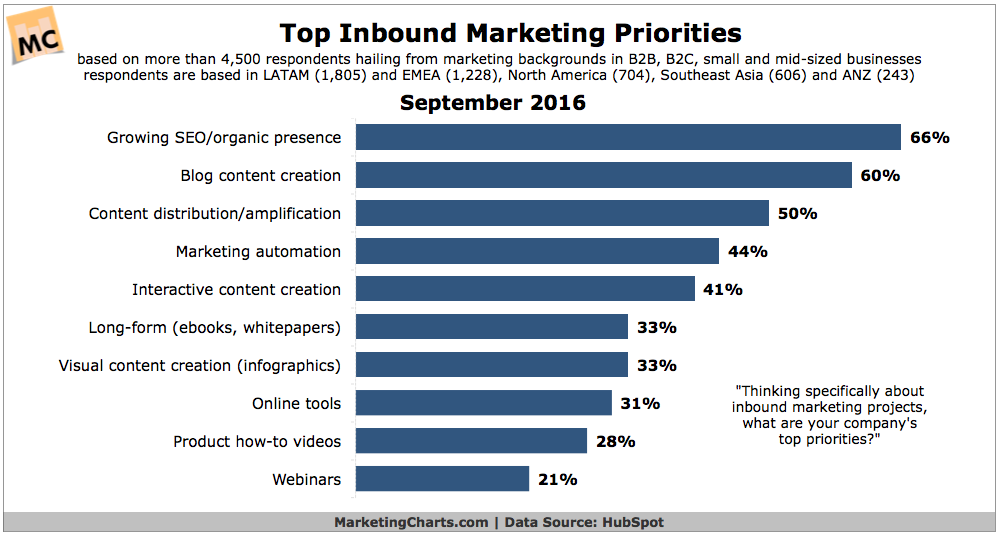
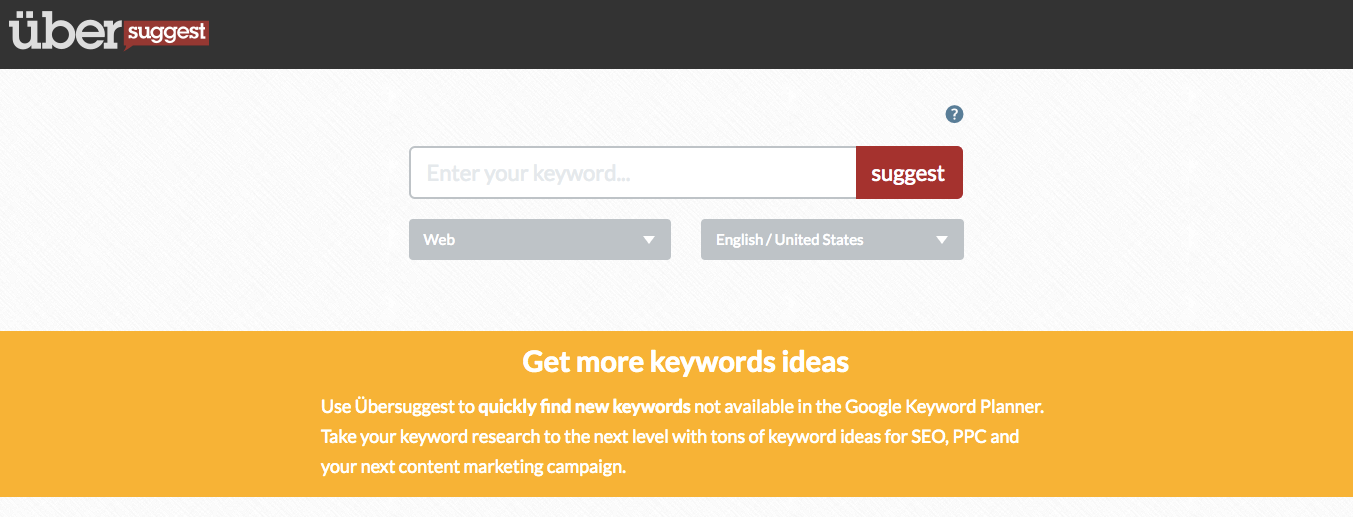
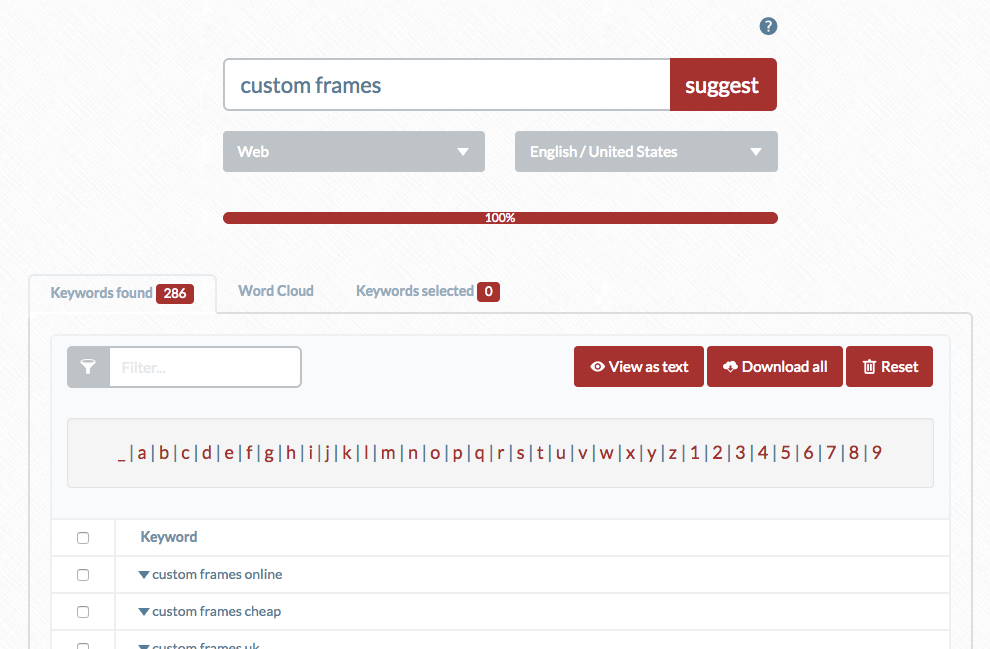
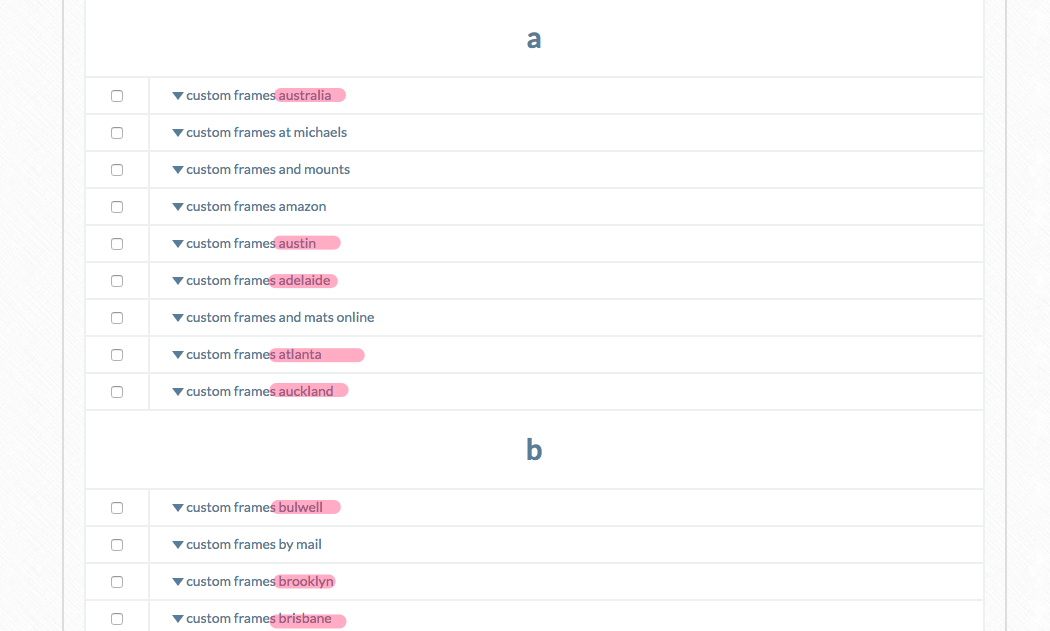
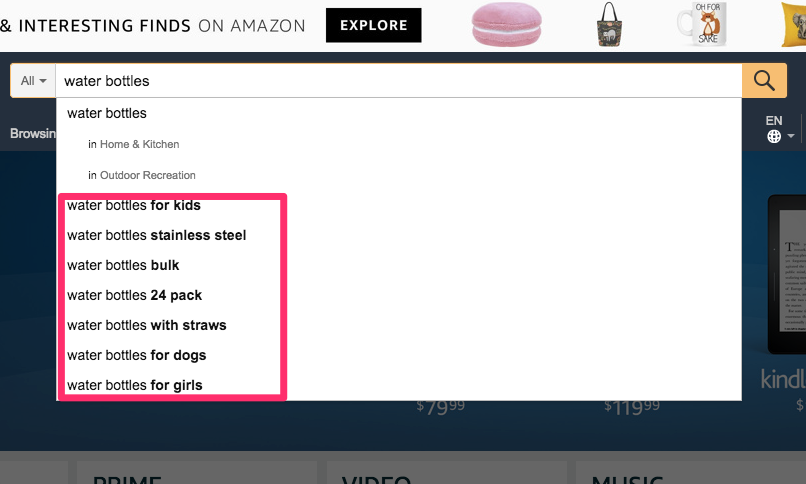
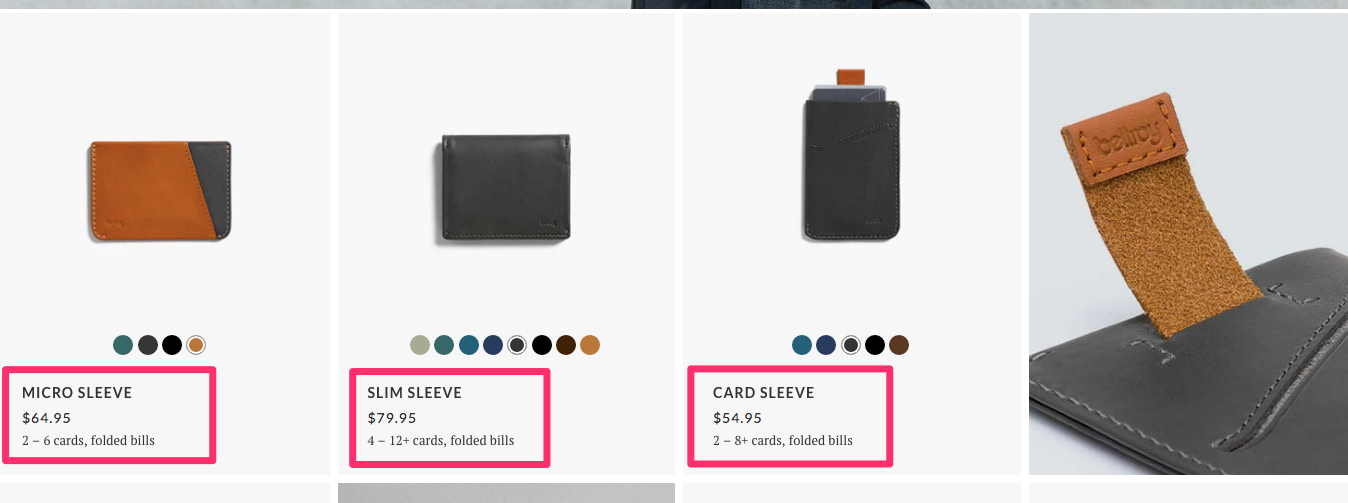
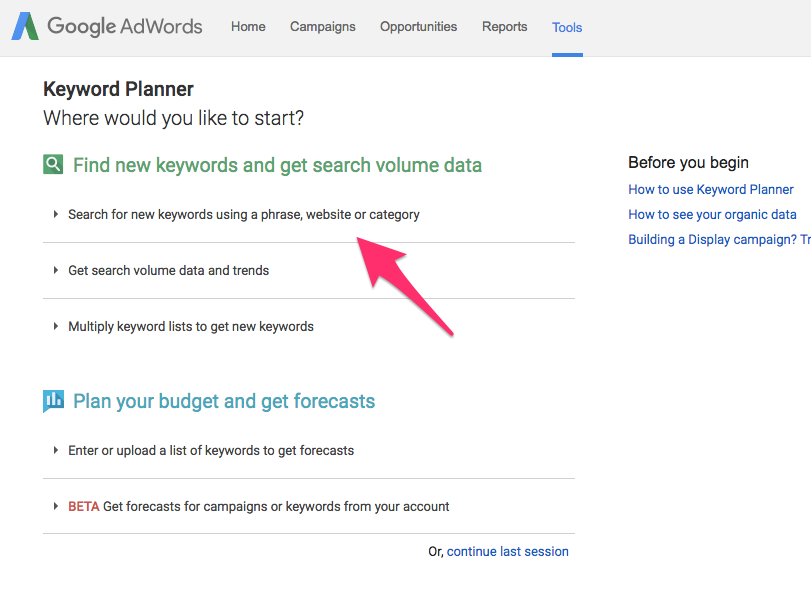
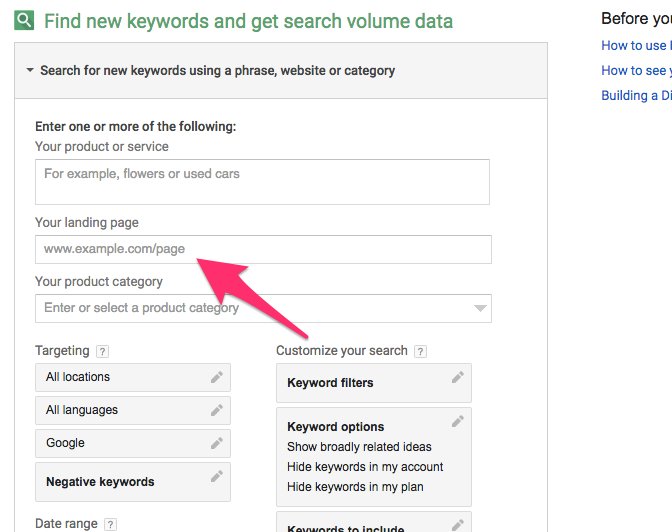
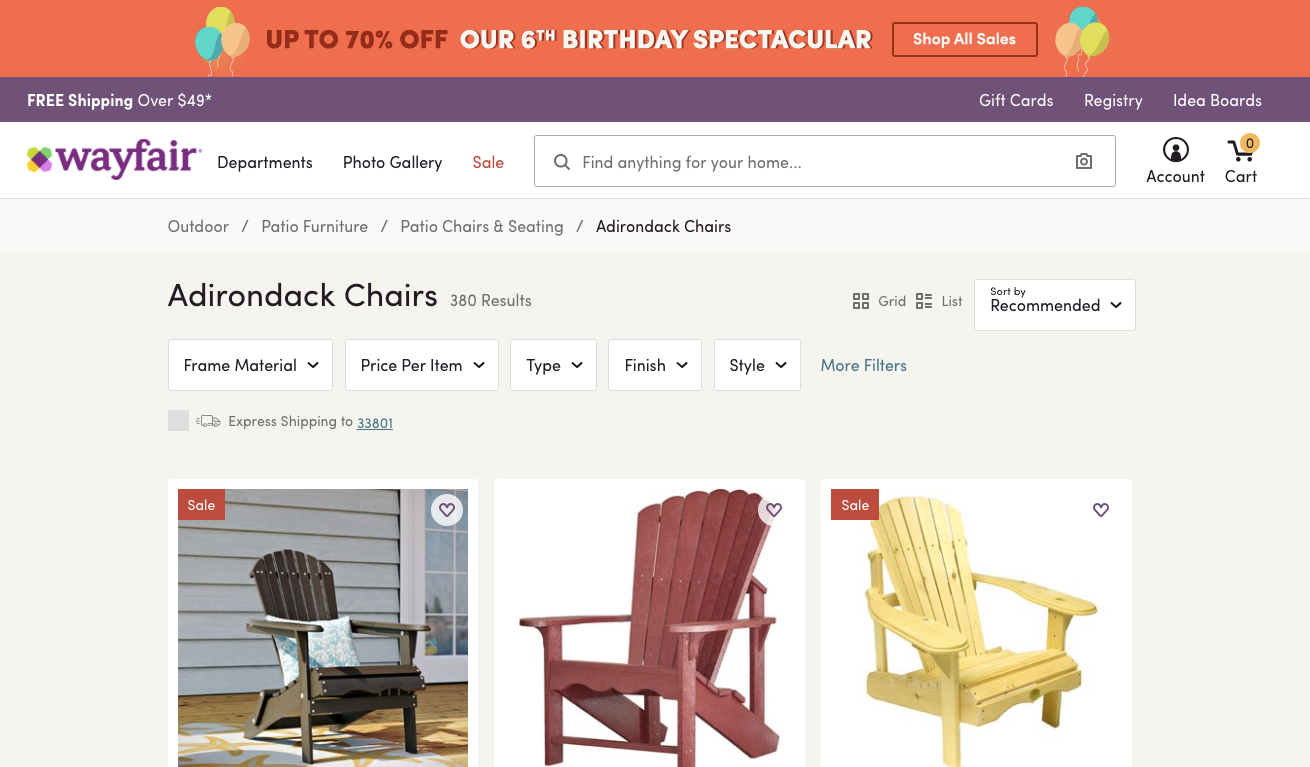
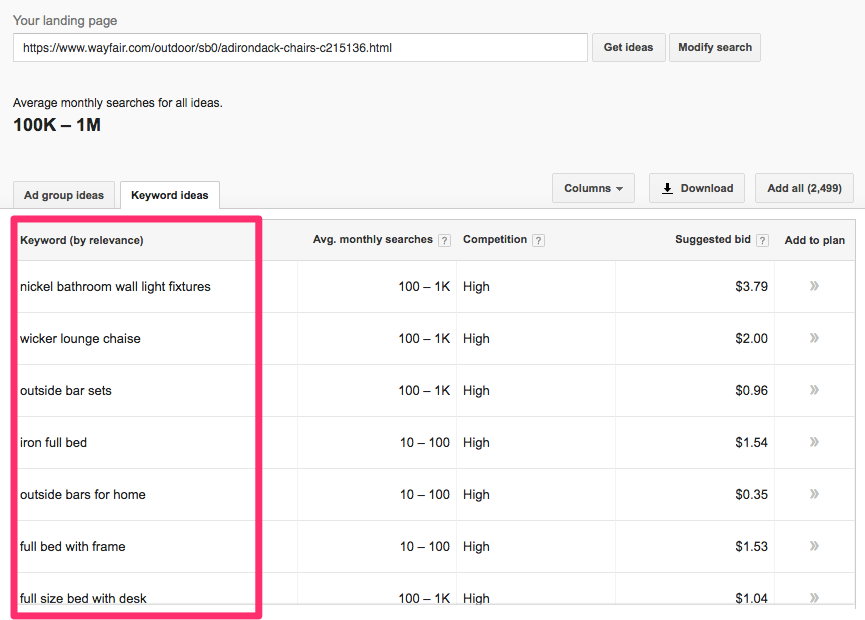
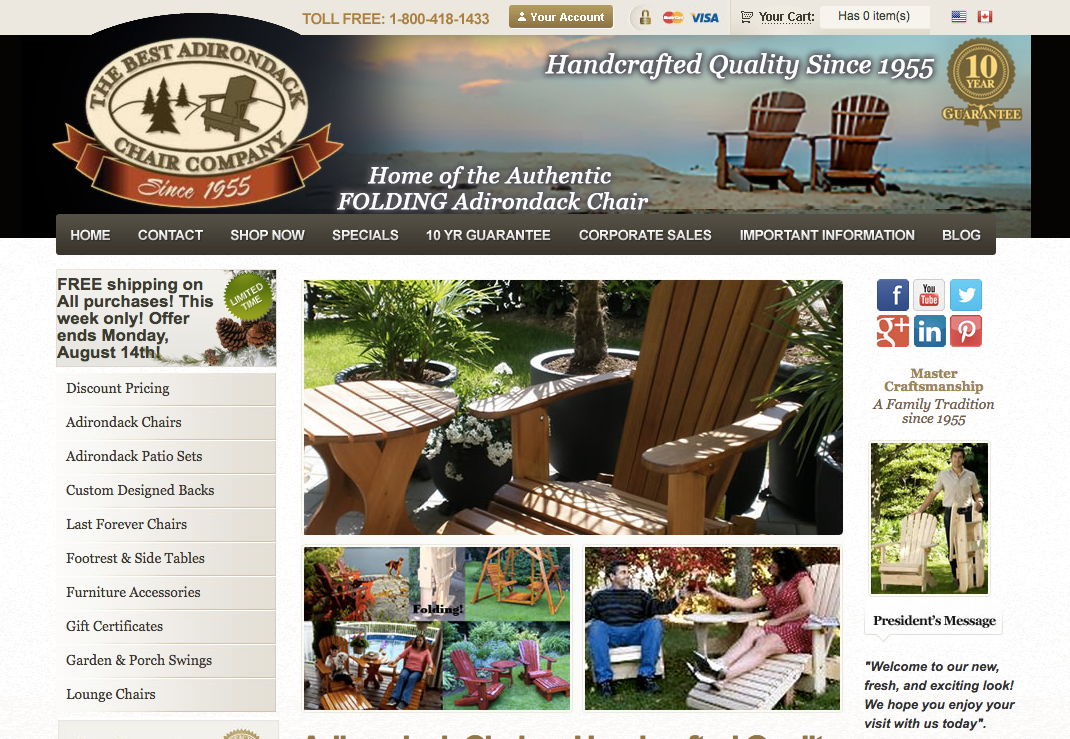
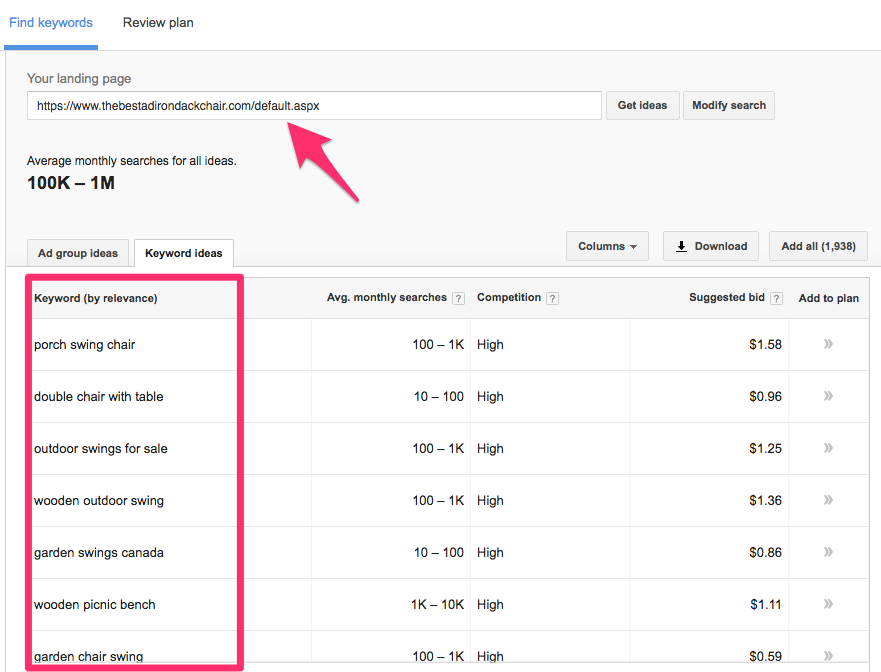
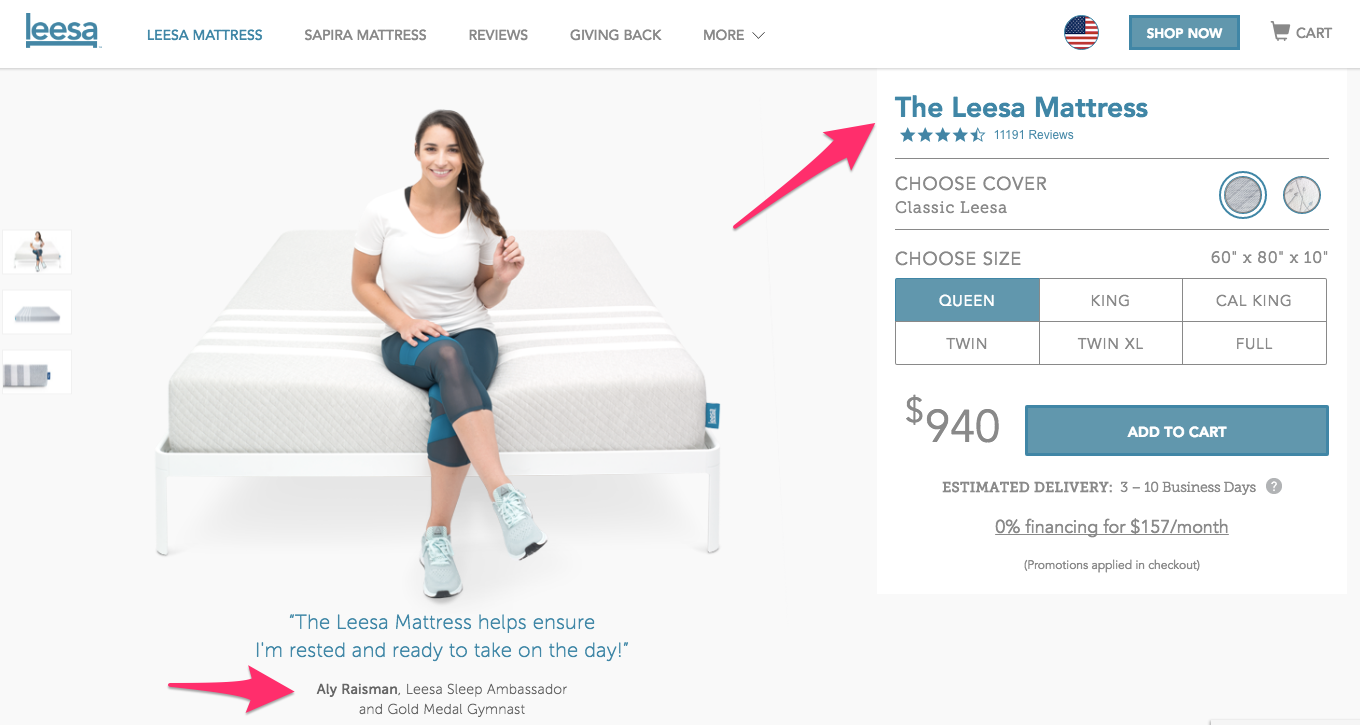
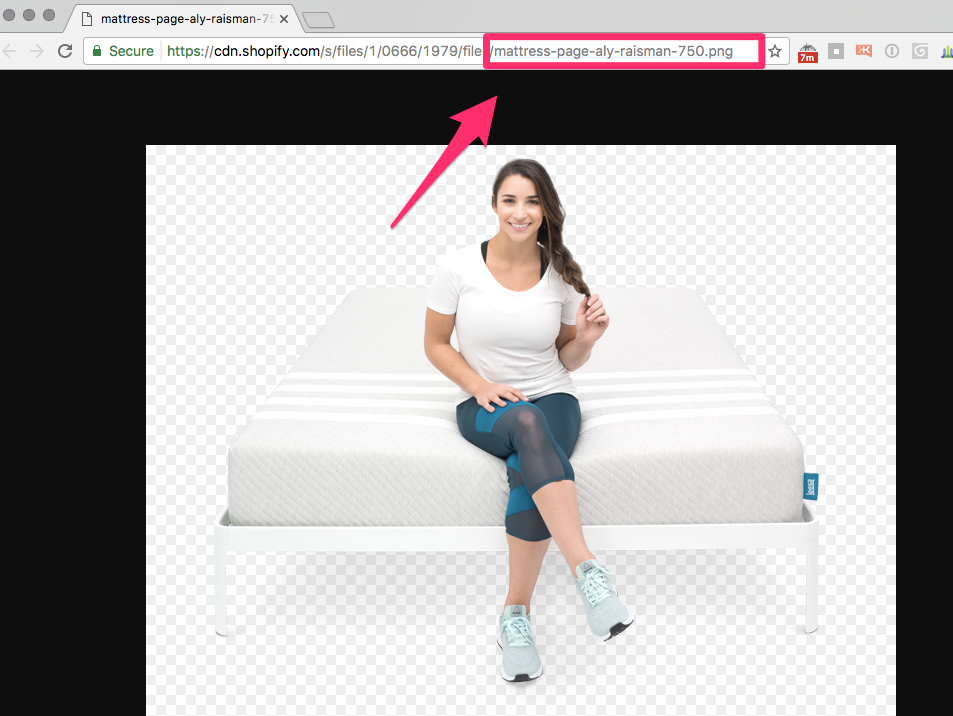
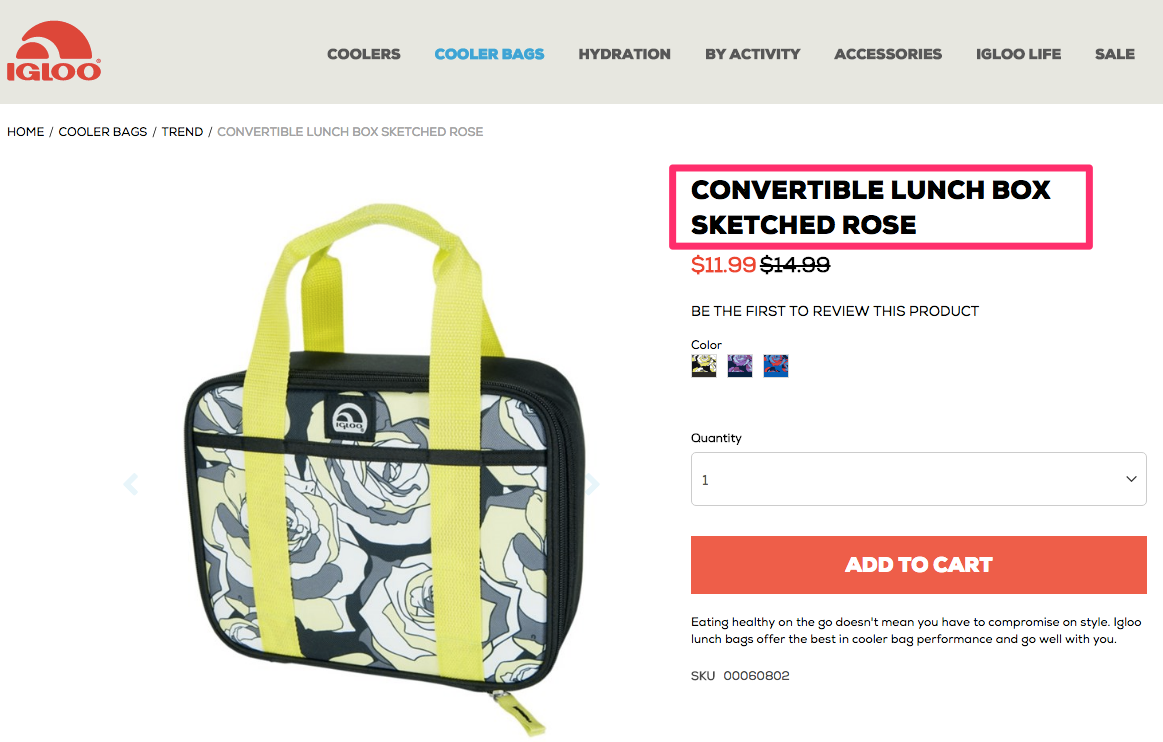
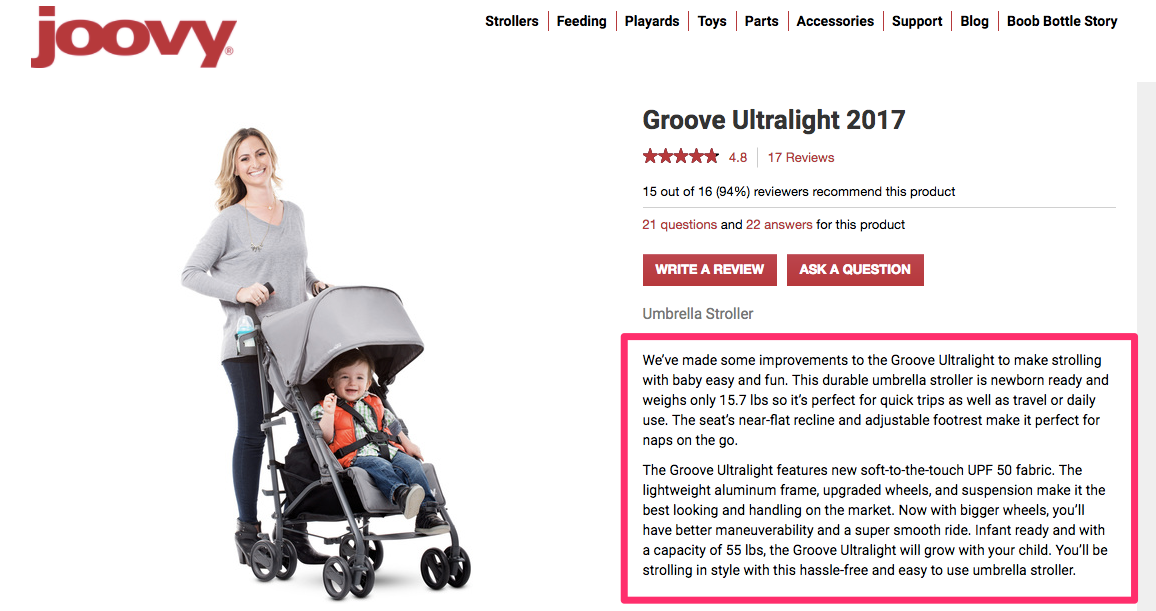
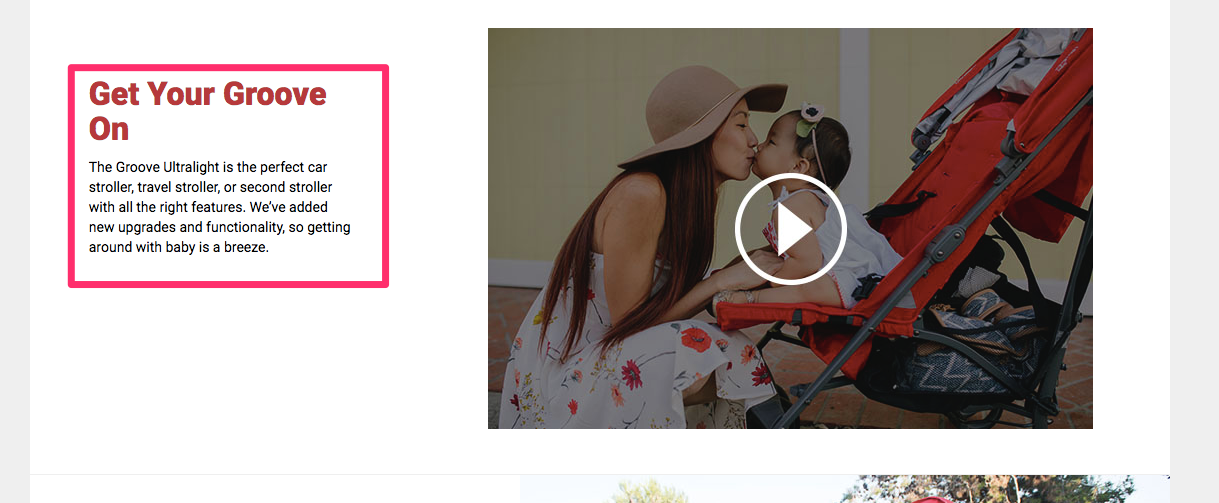
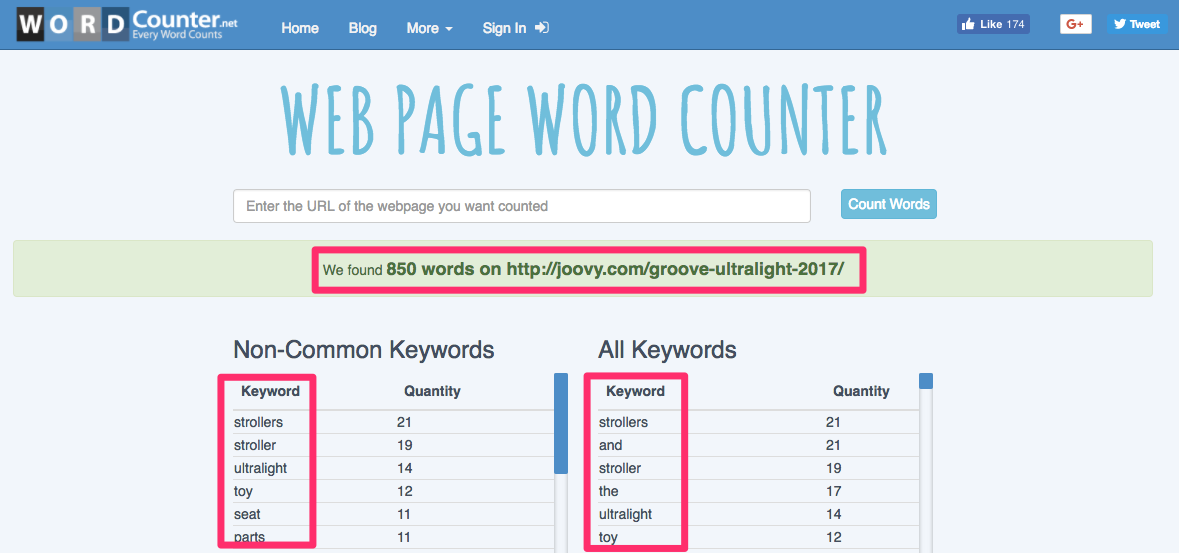
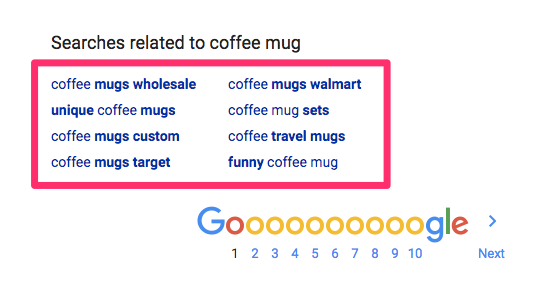
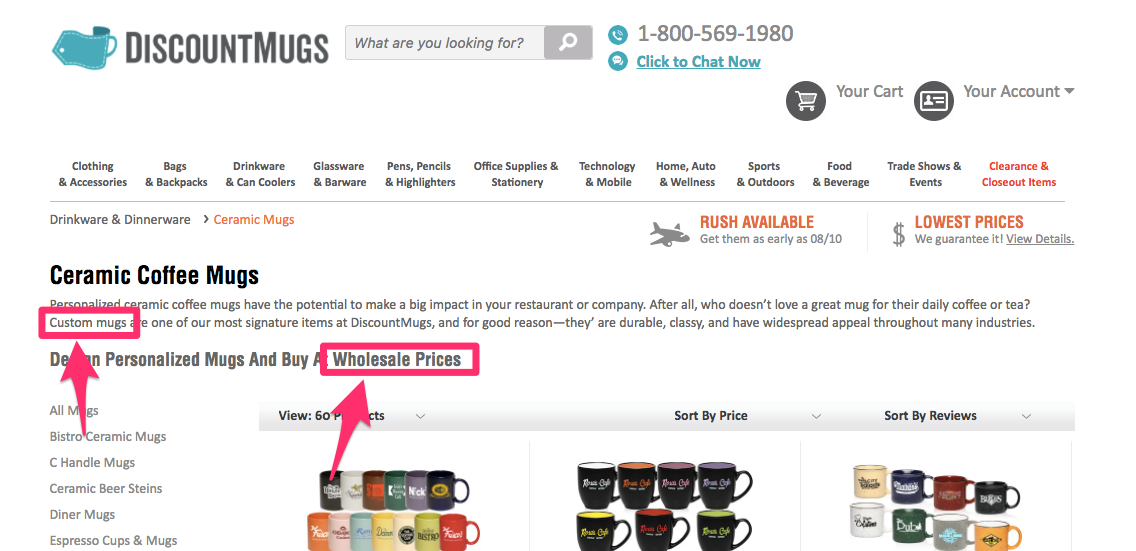

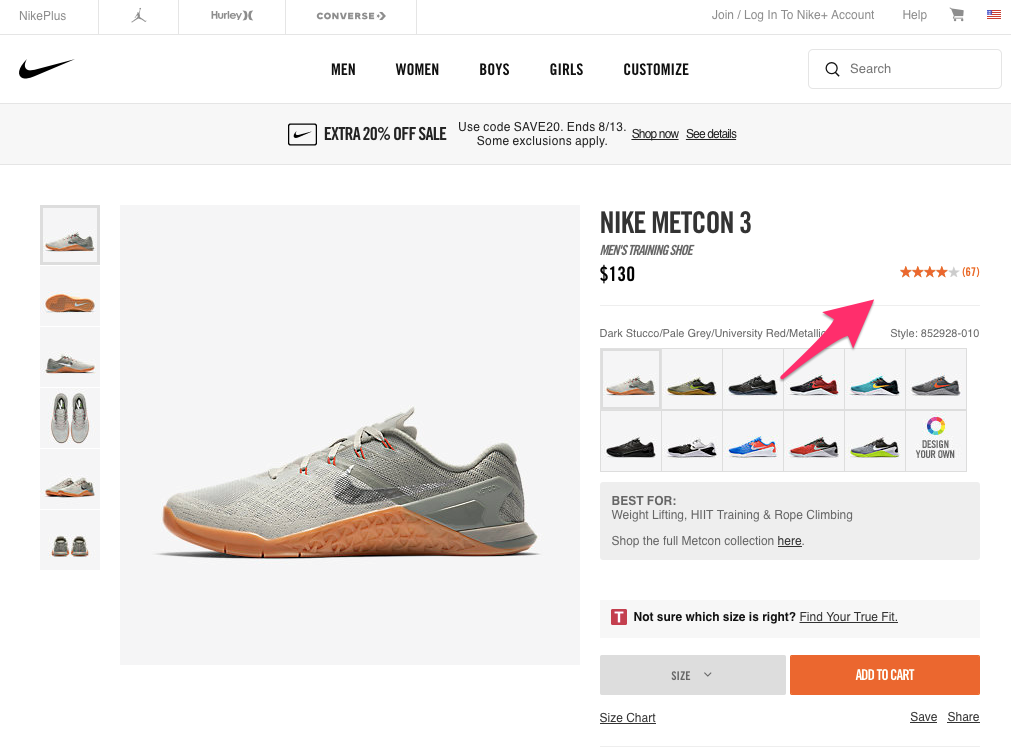

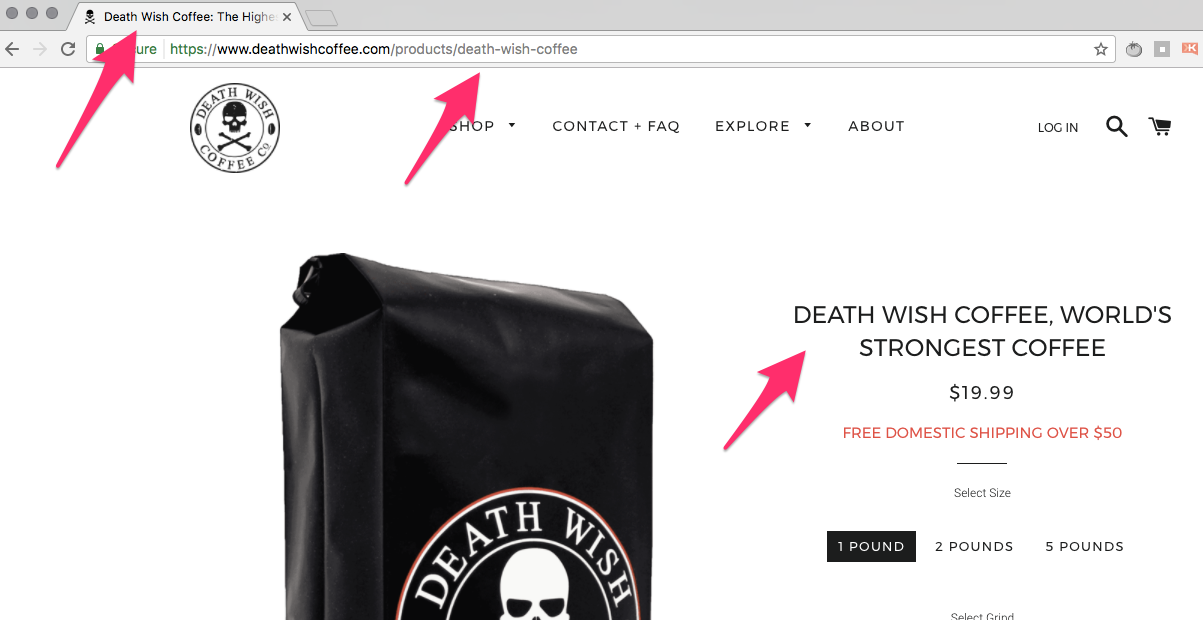
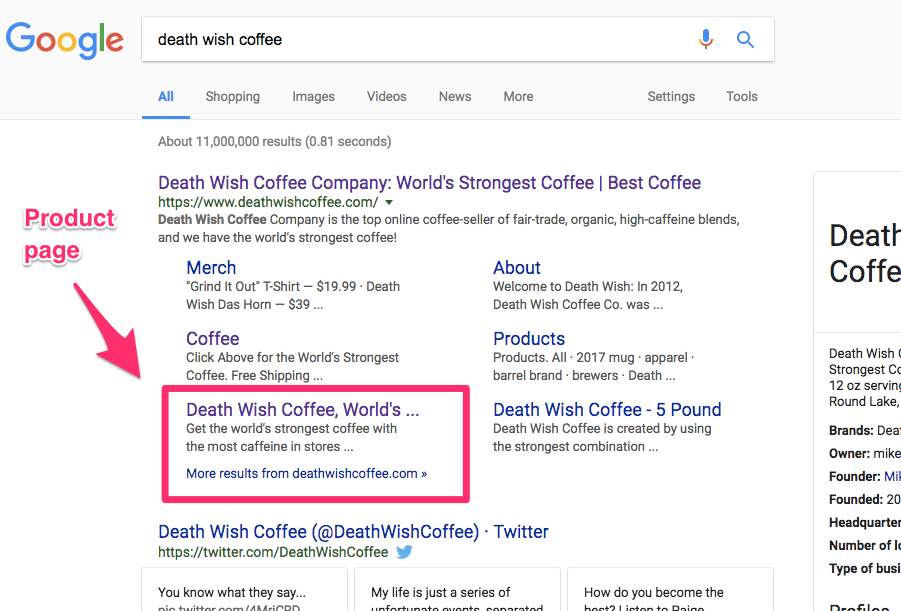
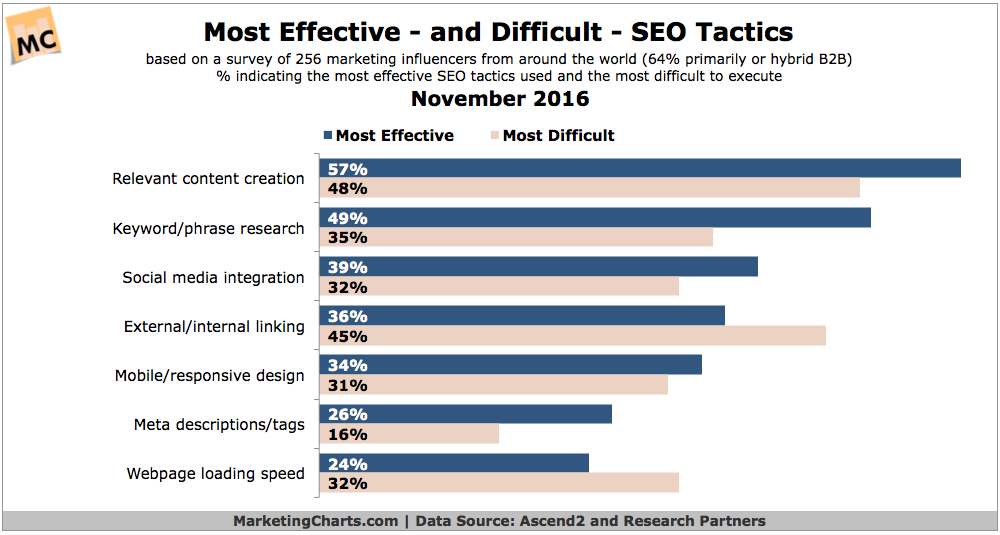

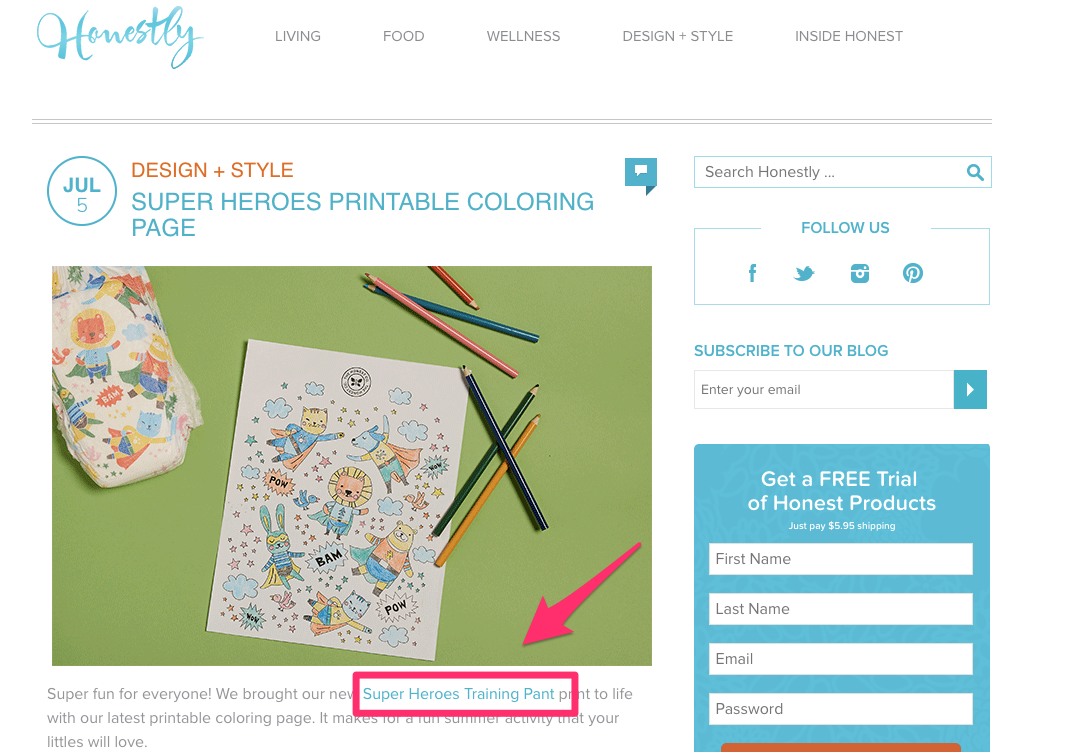
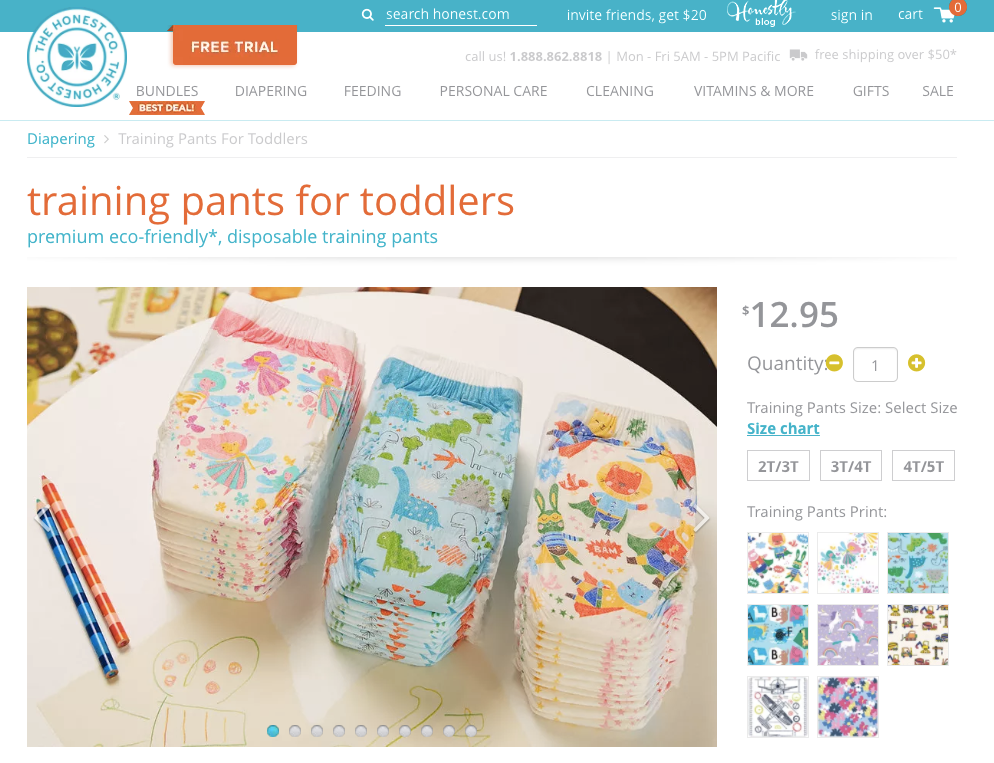
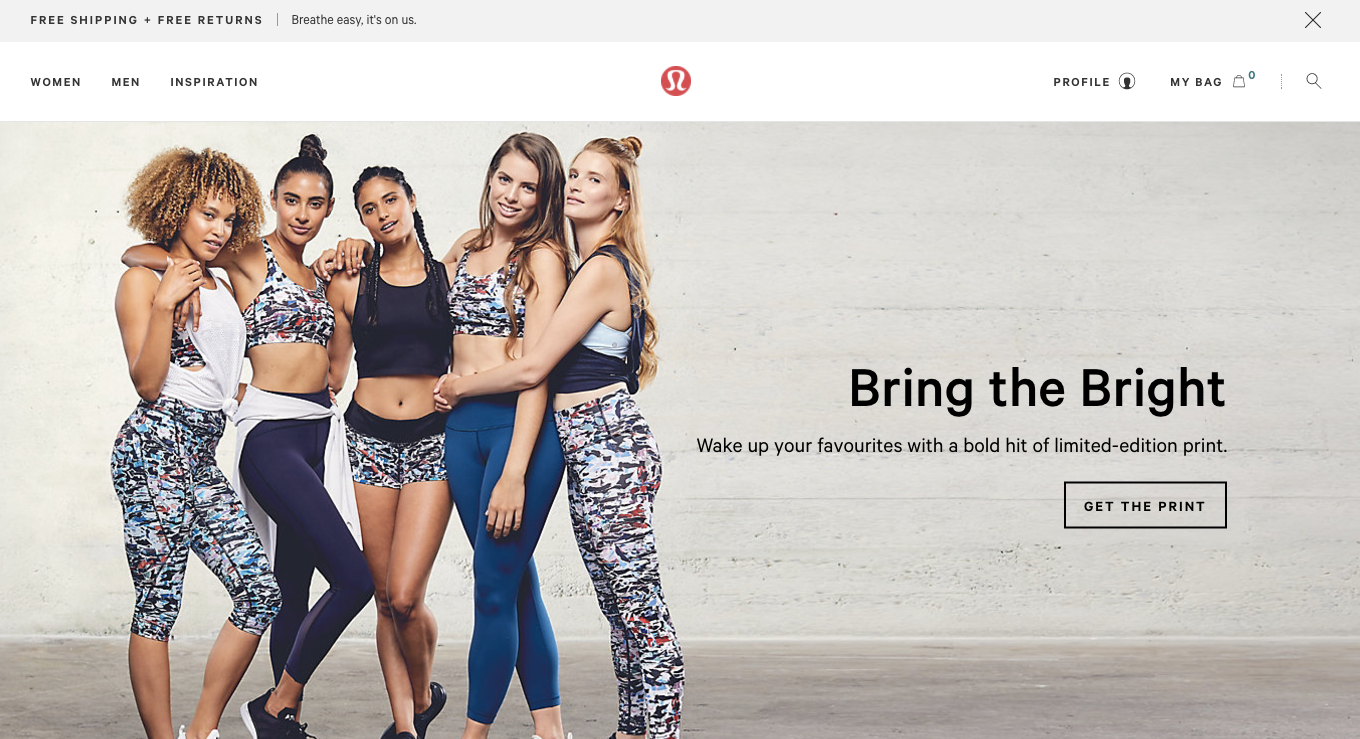
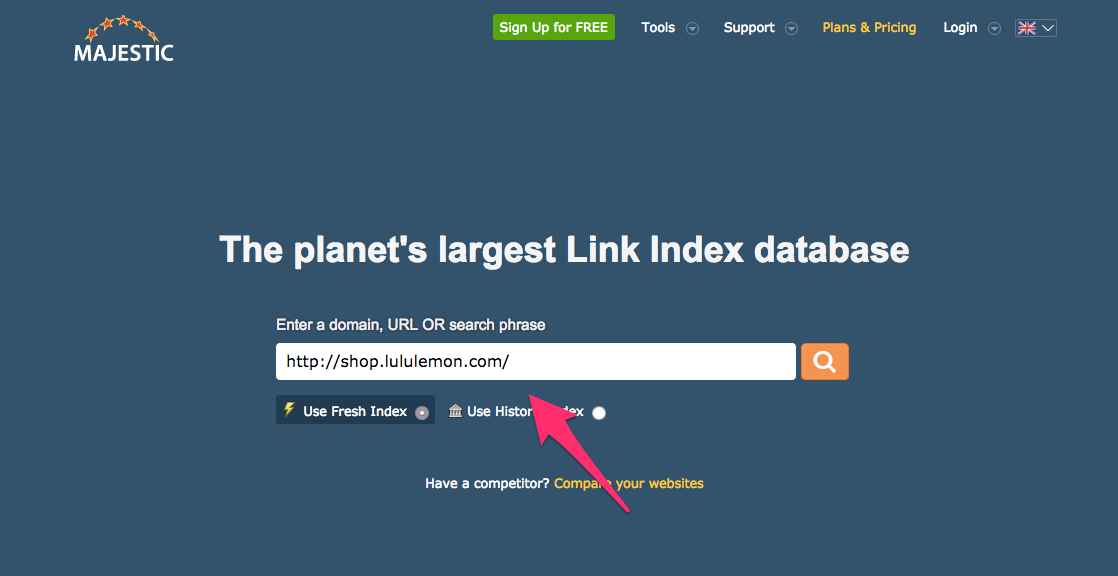
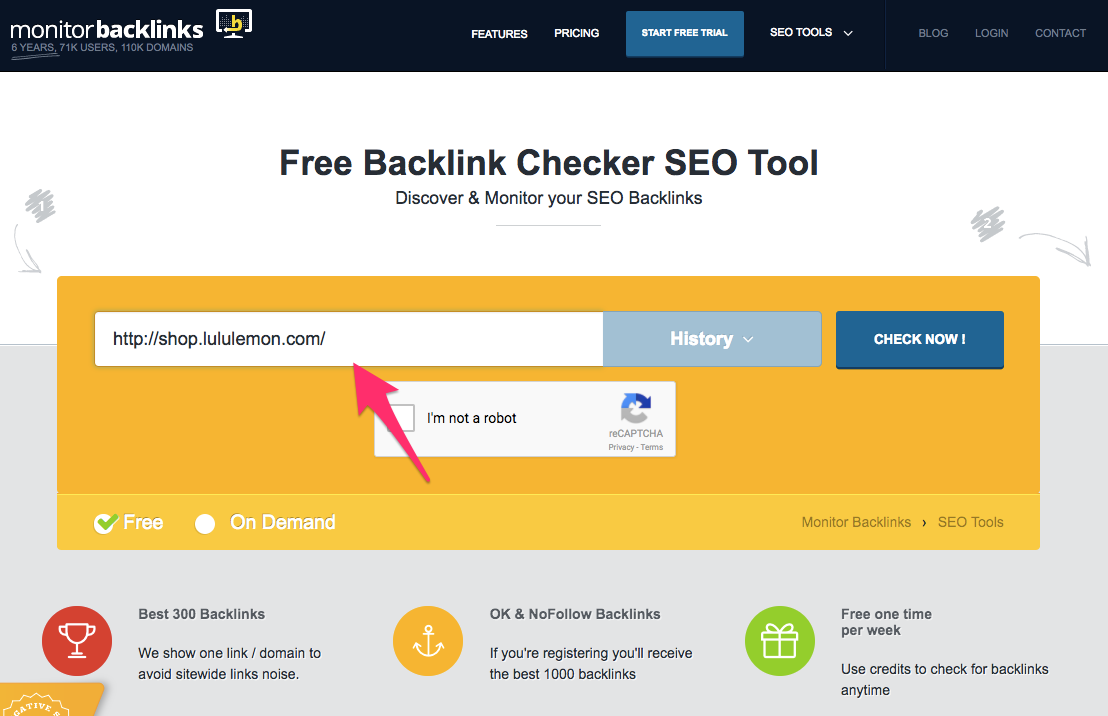
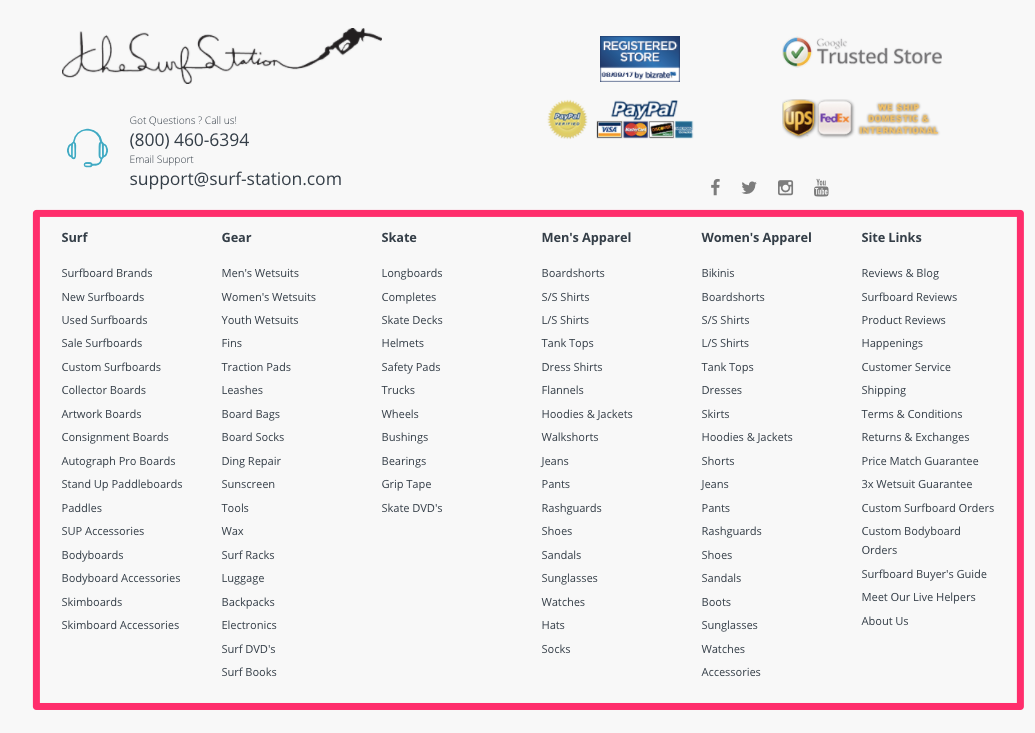
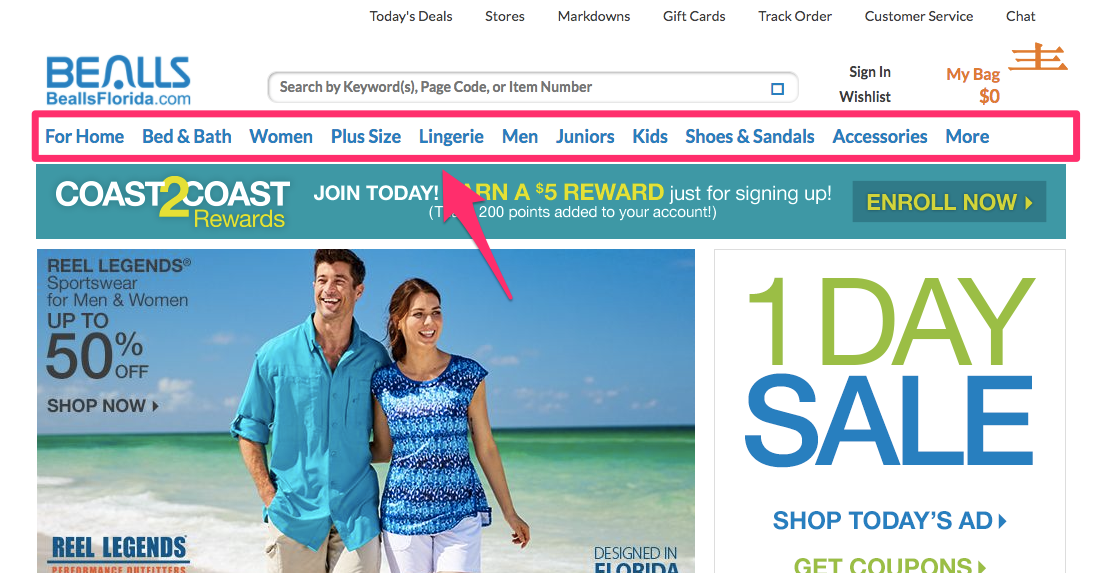
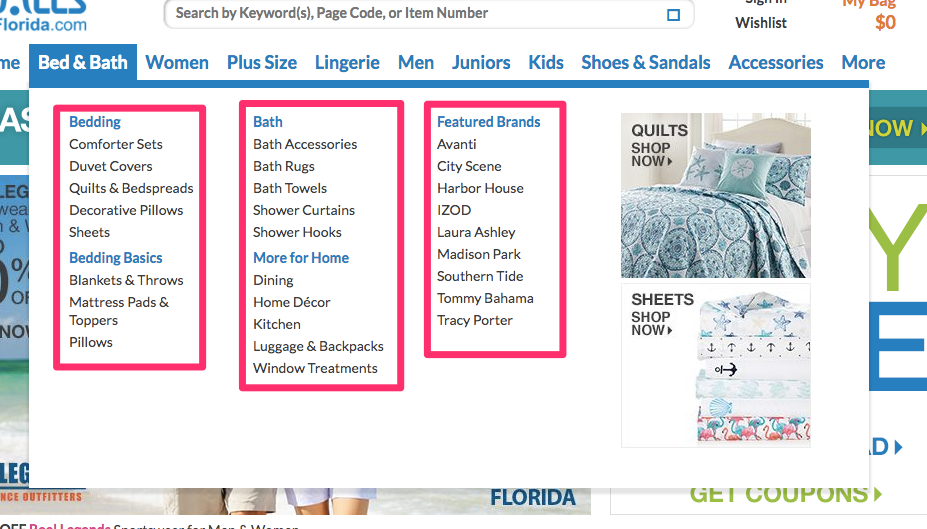
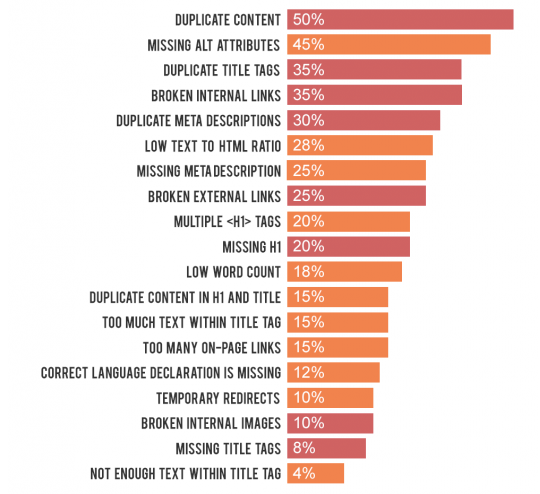
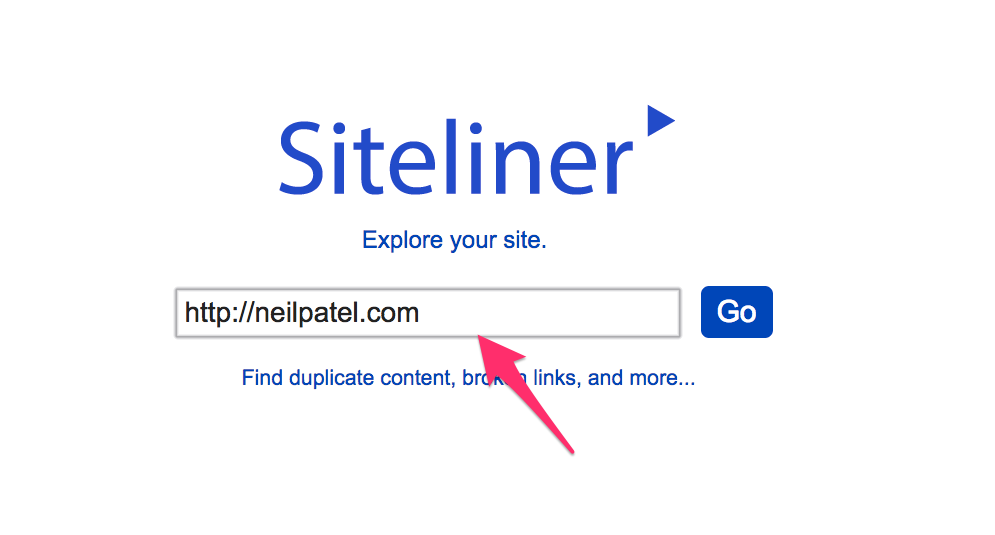
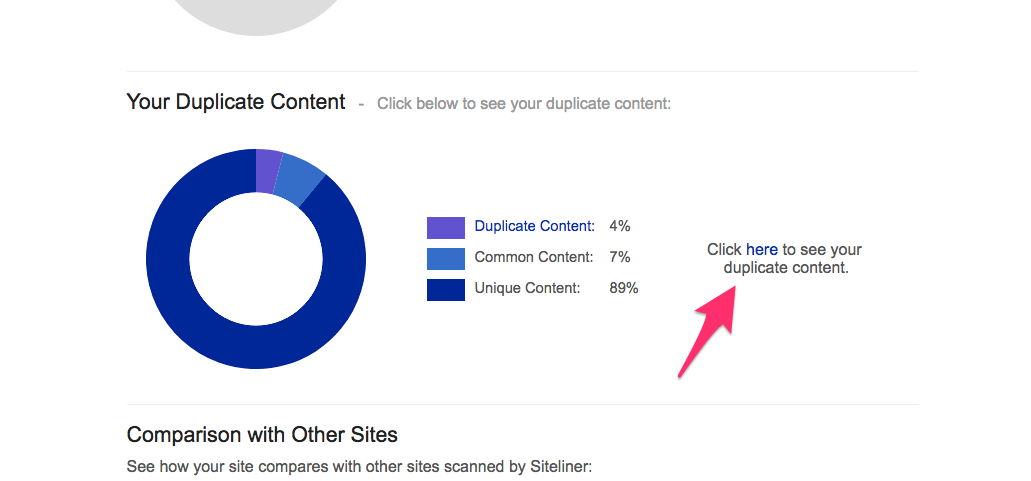
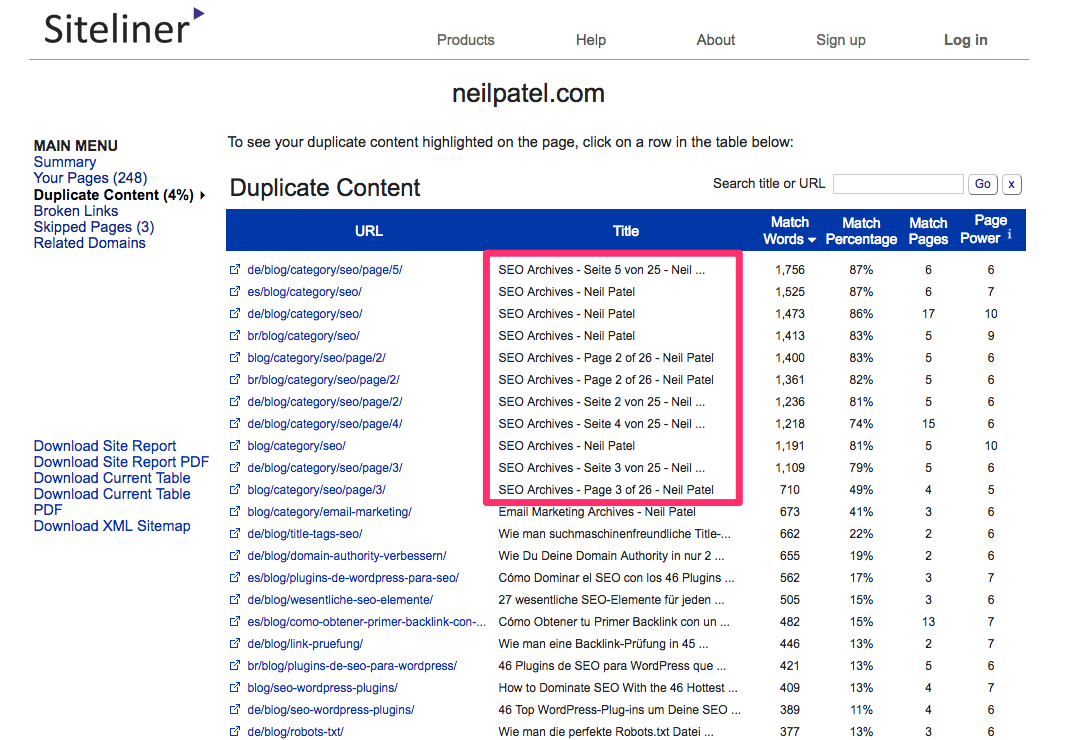
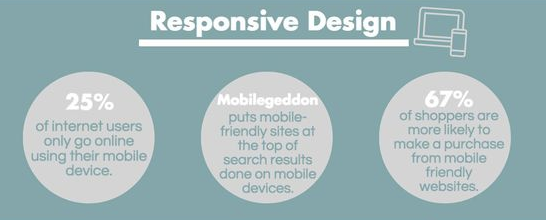
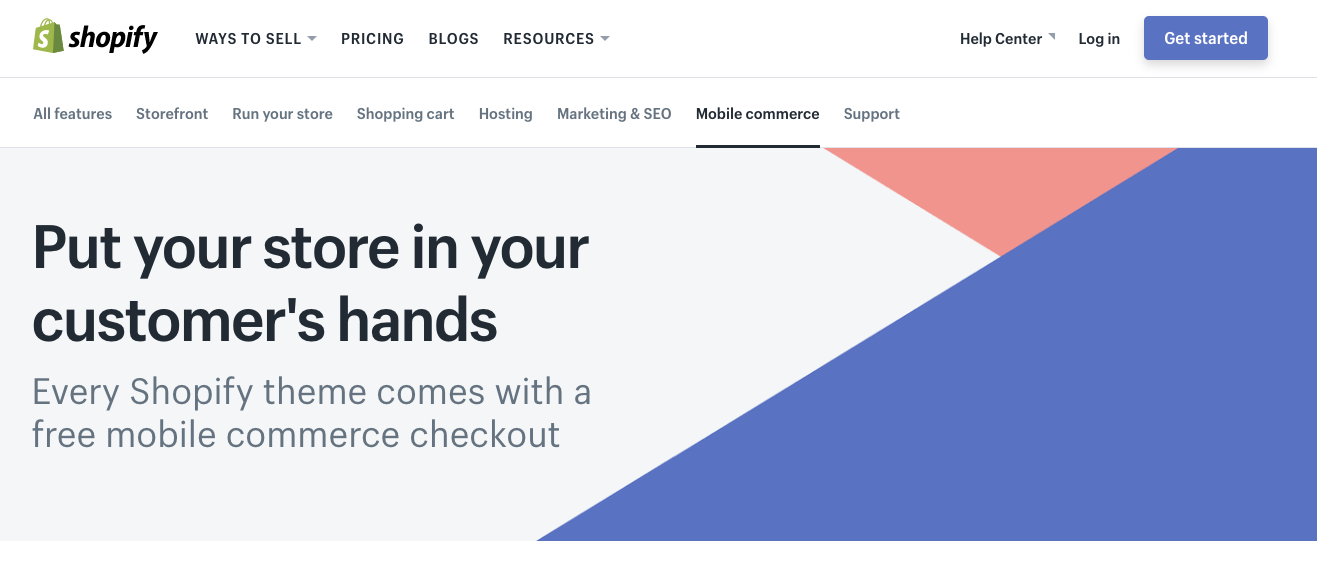
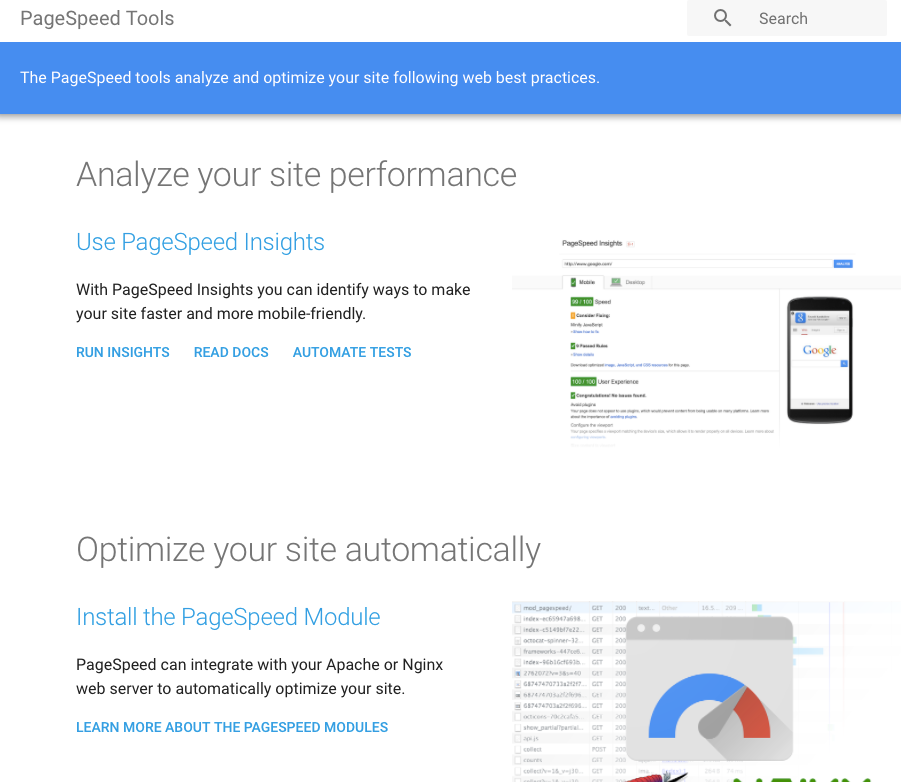
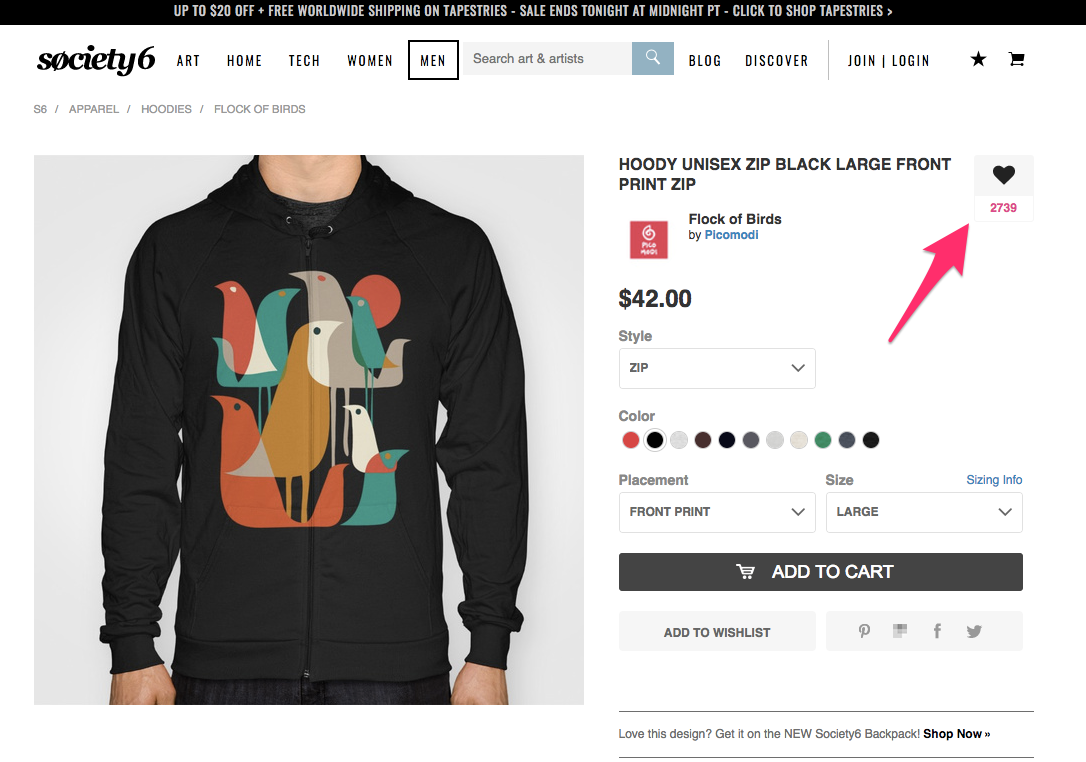
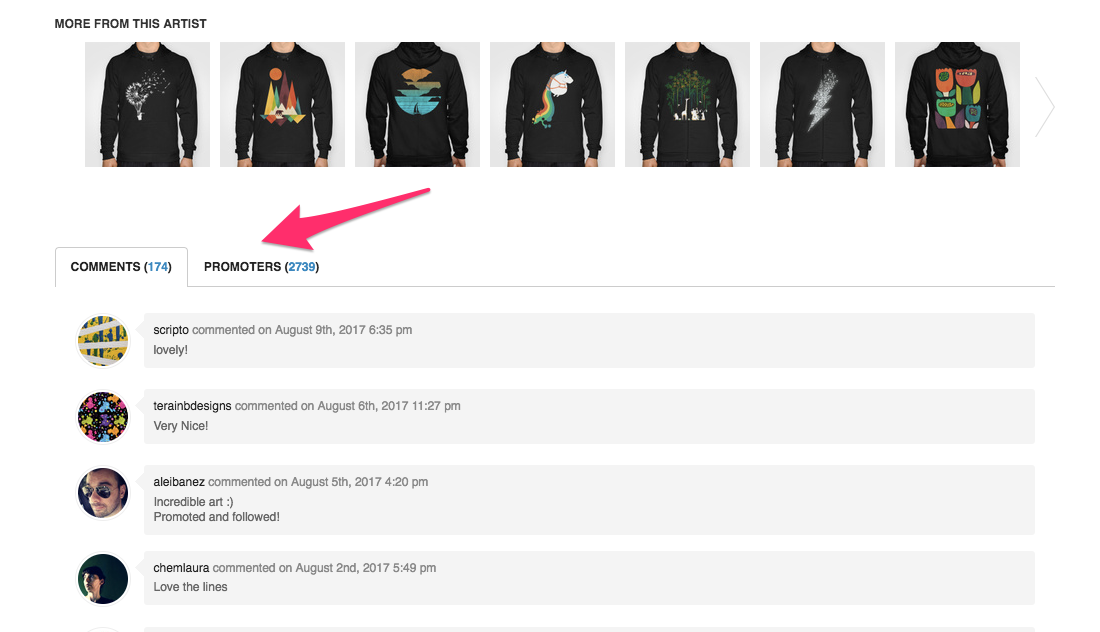
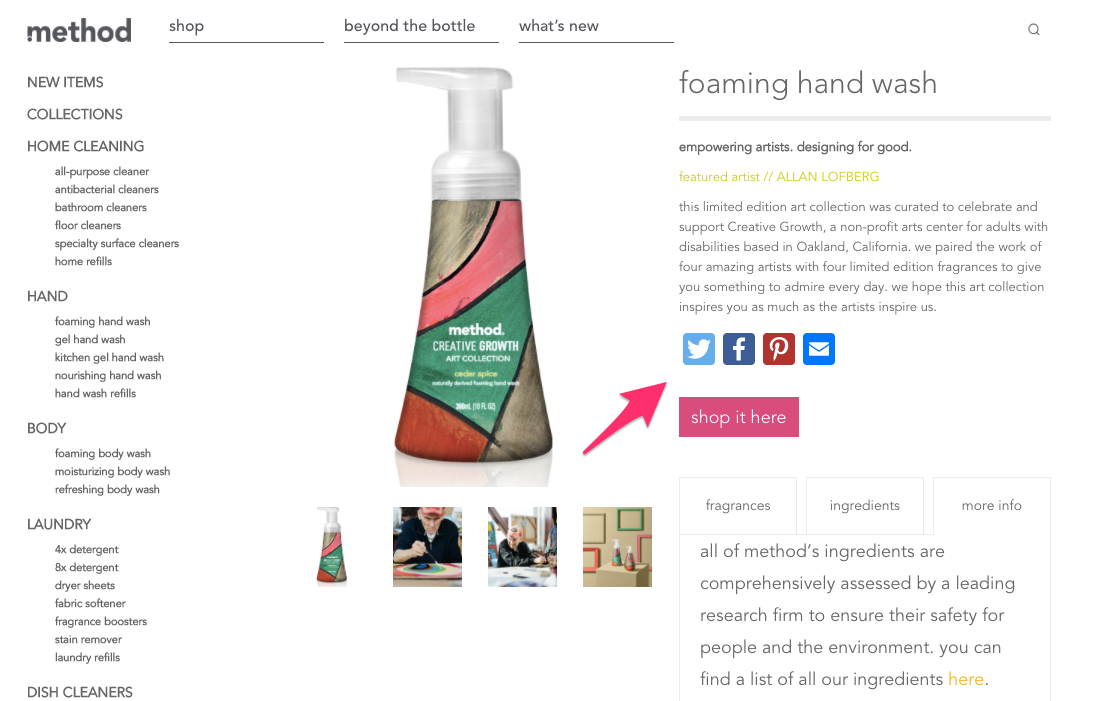
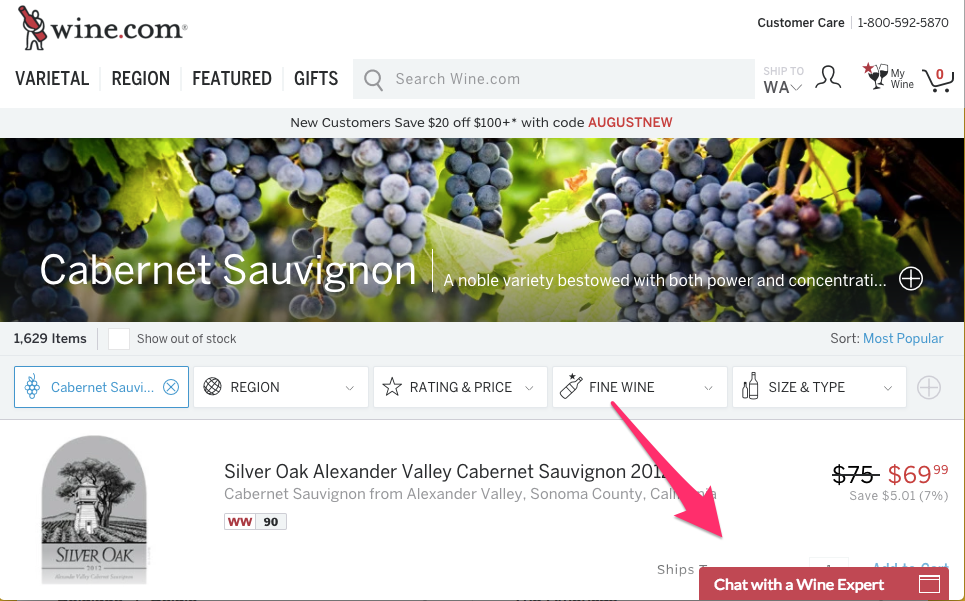
Comments (12)